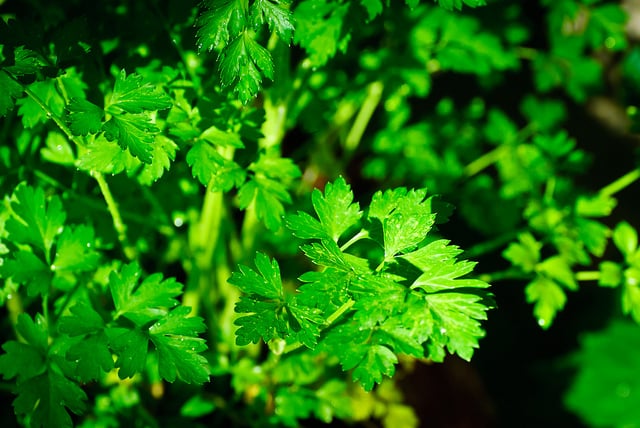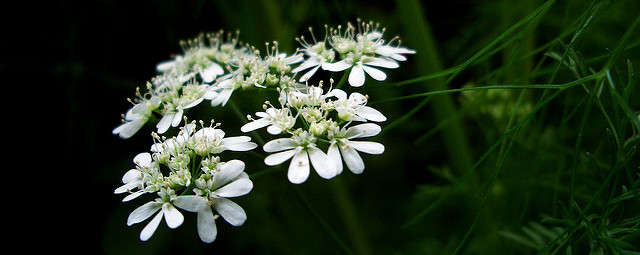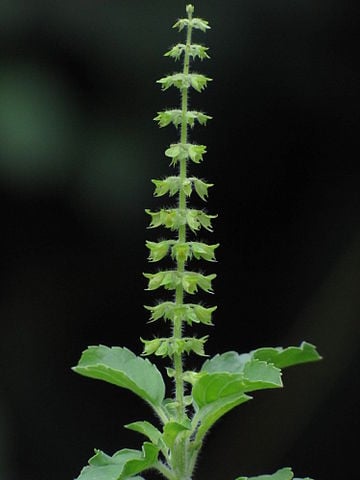Herbs to sow and grow on your windowsill
Grow some fresh green herbs on your windowsill this spring. They make all the difference to food and their brightness will lift your spirit.
Grow some herbs on your windowsill
Home-grown herbs have so much going for them:
- they are very easy to grow and are something that most of us can grow on a sunny or light windowsill
- in six to eight weeks you will have pots of delicious and usable herbs
- they taste so good and are full of vitamins and minerals
- there are between 500 and 1500 seeds in each seed packet and the average cost is £1.50 (and there are packets for 99p if you look)
- if you grow herbs from seed you can try out different varieties of the same herb
- home-grown herbs are very much cheaper than the same living herbs bought regularly from a supermarket
- they last longer than supermarket plants (unless you’ve repotted these).
Rules of the herb game
Herbs need to grow fast - most edible green stuff does.
Don’t overwater them. Contrary to our usual advice about watering, water herbs in the morning so they don’t sit with their feet in water overnight.
They like good air circulation so give them room to breathe a little.
You can sow in seed trays or small pots and then move them into larger pots. Or you can go straight for a deep 20cm pot to avoid disturbing the roots, particularly those plants like parsley, coriander and basil which have long tap roots. A 28cm pot is not too large if you like lots of herbs to cut.
Growing basil from seed
There are many different types of basil (seed is available from merchants of exotic seeds). I like to grow ordinary green Italian (Genovese) basil as it has large, reliable leaves for salads and pesto. This year I may also try holy basil, a holy plant in Hinduism and used in Thai cooking. Another possibility is ‘Purple Ruffles’ which tastes of aniseed and cinnamon, and grows well in semi-shade.
- Basil likes a very warm, sheltered, sunny spot.
- Basil likes it warm for germination, at least 18C. If you have a reliably sunny windowsill, a propagator or a plastic bag you could sow it now. The plants will grow fairly slowly at first and then grow like mad.
- And a key requirement for basil is to keep the seedlings relatively dry and airy as otherwise they will rot before you turn round.
Growing flat-leaved parsley from seed
Whether the packet says it’s Italian or French, this is a fabulous herb for cooking.
- Parsley has a reputation for being slow to germinate. The secret here is to use water that’s just been boiled in order to soften the outer surface of the seed and encourage it to germinate. After you’ve sown the seed cover it with a little more compost or perlite and stand the pot in a dish of just boiled water. The hot water will be drawn up through the compost and soften the seed.
- Parsley needs partial shade to stop it from flowering and running up to seed.

Flat-leaved parsley in morning light. © Don LaVange and reused under https://creativecommons.org/licenses/by-sa/2.0/
Growing coriander from seed
You can use coriander leaves and stems in salads, curries and stews. I use a few handfuls in kedgeree.
- Sow every three or four weeks as coriander bolts (= runs to seed) easily. Put a label in the pot and mark the dates on your calendar to remind yourself. (N.B. Use seed for plants: this will produce lots of leaf. Seed sold for cooking tends to run to seed even faster.)
- Coriander seed can be slow to germinate. To help it along, gently crush the seed husk which holds two seeds together. This might be enough or you could also soak the seeds in water for 24 to 48 hours.
- It doesn’t like to be kept in full sun all day so find a place that’s shaded at midday.

Coriander flowers and runs quickly to seed. © titanium22 and reused under https://creativecommons.org/licenses/by-sa/2.0/
Or you could split and pot on supermarket herb plants
Living herbs in pots bought from supermarkets have a reputation for not lasting long. That’s because they are sown very thickly, shoot up into growth and do not have the room in the pot to develop a good supporting root structure. It’s quite possible to extend their life by splitting and repotting them in new potting compost as Alys Fowler shows in this video.
I grow parsley from seed usually but, as an experiment, I’ve just bought a reduced flat-leaved parsley plant from a supermarket and I’ve split it and repotted it. I’ll put the plant pots in different parts of the house and monitor how well they do. Usually the sitting room windowsill is best for parsley at my house because it’s bright but doesn’t get too much direct sunlight.
Sign up for our emails below, so we can send you blogs on gardening tips, as well as updates on our sales, so you don’t miss out on those garden furniture bargains!









